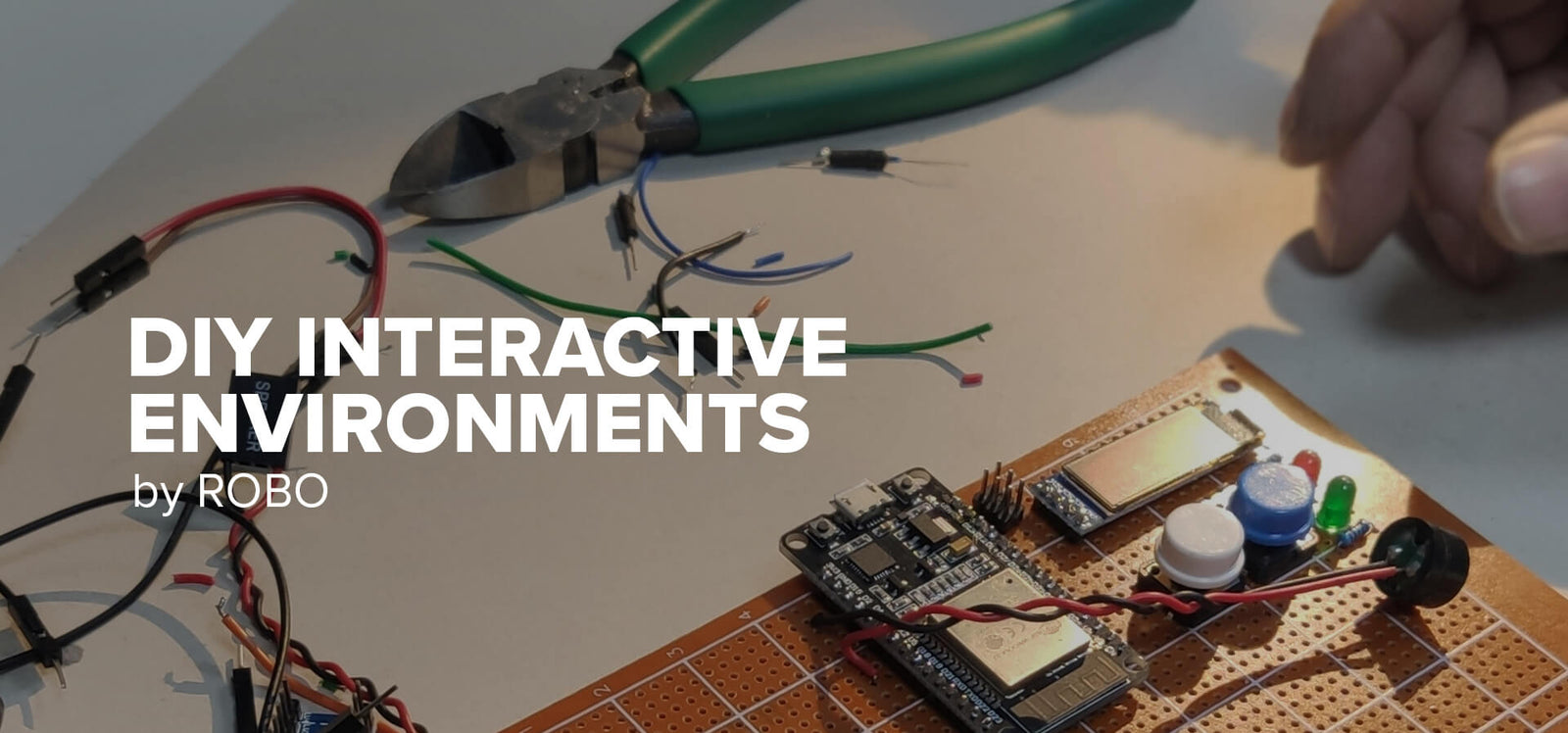This project was designed as a part of the introductory 2 day Interactive Environments Workshop (OCT21) funded by CYENS - Thinker Maker Space.

SMART POT
The aim of this project is to build a smart, custom plant pot that will be able to display data regarding the plant’s environment. Several sensors will be installed around a 3D printed pot, the data will be gathered by an Arduino UNO and rendered on a 16x2 LCD display.
PARTS LIST:
- The brain - Arduino UNO
- Light intensity sensor - Photoresistor
- Soil moisture sensor - Capacitive soil moisture sensor
- Temperature and humidity sensor - DHT22
- Display - LCD 16x2
- Wires - Dupont Wires Kit
PART 1 - MEASURE THE LIGHT INTENSITY
Using a photoresistor we are able to measure the light intensity, the way photoresistor sensors work is really simple! The photoresistor cell has a variable internal resistance that varies according to the quantity of light that the cell is exposed to. To build the simplest light intensity sensor for an Arduino the cell has to be set in series with a resistor (1k to 5k should be ok) to form a voltage divider and measure the voltage drop in the middle of their connection using an analog pin.

Arduino commands used:
Example sketch:
void setup() {
Serial.begin(9600);
pinMode(A0,INPUT);
}
void loop() {
Serial.println(analogRead(A0));
delay(10);
}
Challenge #1:
Write a sketch to measure the light intensity and print on the serial monitor if the room is dark, dim, light or bright.
PART 2 - MEASURE THE SOIL MOISTURE
The capacitive soil moisture sensor is a very simple sensor that gives us the ability to measure how moist, or how well watered the soil of our plant pot is :)

Arduino commands used:
Example sketch:
void setup() {
Serial.begin(9600);
pinMode(A1,INPUT);
}
void loop() {
Serial.println(analogRead(A1));
delay(10);
}
Challenge #2:
Write a sketch to measure how moisture the soil is and print the results on the serial monitor.
TIP - Make several tests in open air, using a cup with dry soil, using a cup with watered soil and using a cup with only water in it.
PART 3 - MEASURE THE HUMIDITY & TEMPERATURE
DHT22 is a well known temperature and humidity sensor with okay accuracy. The previous sensor requires a library to be installed in order to use it with ease, you can install the SimpleDHT from Sketch -> Include Library -> Manage Libraries

Arduino commands used:
Example sketch:
#include <SimpleDHT.h>
SimpleDHT22 dht22(2);
void setup() {
Serial.begin(9600);
}
void loop() {
float temperature = 0;
float humidity = 0;
if ((dht22.read2(&temperature, &humidity, NULL)) != SimpleDHTErrSuccess)
return;
// DHT22 sampling rate is 0.5HZ.
delay(2000);
}
Challenge #3:
Write a sketch to print the temperature and humidity in serial monitor.
PART 4 - ADD A DISPLAY!
The LCD 16x2 ( I2C version ) is a common display that is most often used because of its simplicity. The LCD requires a library to be installed in order to use it with ease, you can install the LiquidCrystal_I2C from Sketch -> Include Library -> Manage Libraries

Arduino commands used:
This module uses only library commands, no native Arduino commands are needed.
Example sketch:
#include <Wire.h>
#include <LiquidCrystal_I2C.h>
LiquidCrystal_I2C lcd(0x27,16,2);
void setup() {
lcd.init();
lcd.backlight();
lcd.setCursor(2,0);
lcd.print("Hello pot!");
delay(2000);
lcd.clear();
}
void loop() {
}
PART 5 - COMBINE ALL THE ABOVE, FINISH THE POT
The last part combines all the above parts in order the achieve the wholistic functionality of the smart pot:
- Display the plant’s environment data:
- Humidity
- Temperature
- Soil Moisture
- Light Intensity
- Turn an LED on and make a sound when the plant needs water, in order to keep it in good health!

Structural Funds- make space
The project “Nicosia entrepreneurship and innovation Hub” that includes the operation of the Thinker Maker Space of the CYENS Centre of Excellence, is co-financed by the European Regional Development Fund (ERDF) of the EU in the framework of the Operational Programme “Competitiveness and Sustainable Development 2014-2020”, Priority Axis6: “Integrated Sustainable Urban Development for the Programming Period 2014-2020, from the Republic of Cyprus and Nicosia Municipality.
European Union – Horizon 2020
CYENS CoE was established through the RISE project that has received funding from the European Union’s Horizon 2020 Research and Innovation Programme under Grant Agreement No 739578 and the Government of the Republic of Cyprus through the Deputy Ministry of Research, Innovation and Digital Policy.

